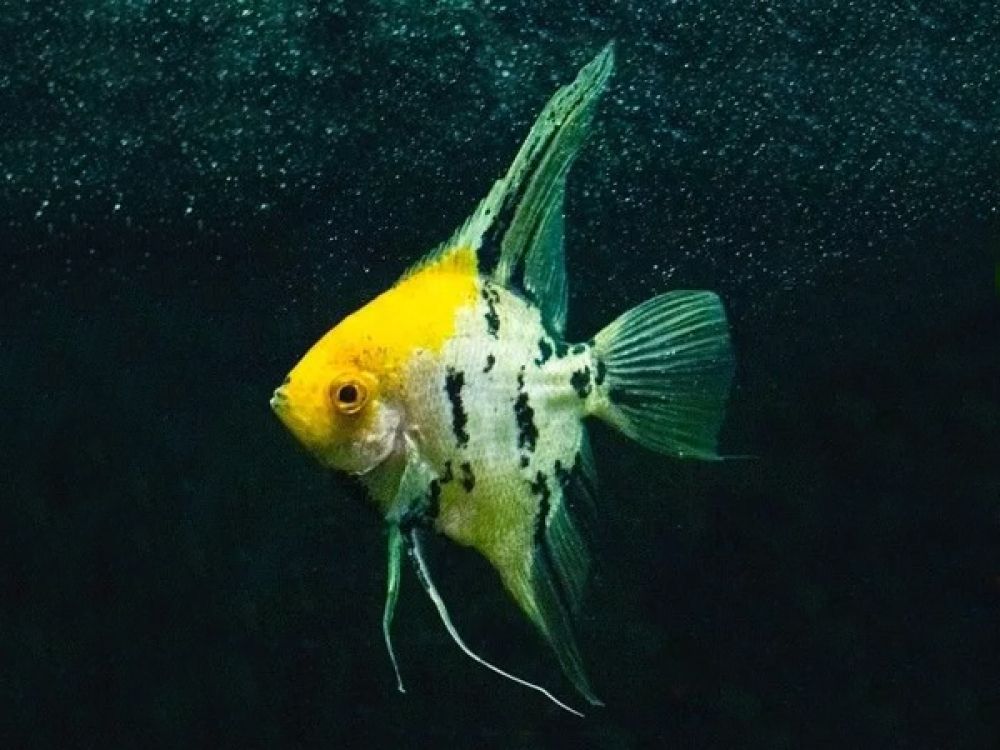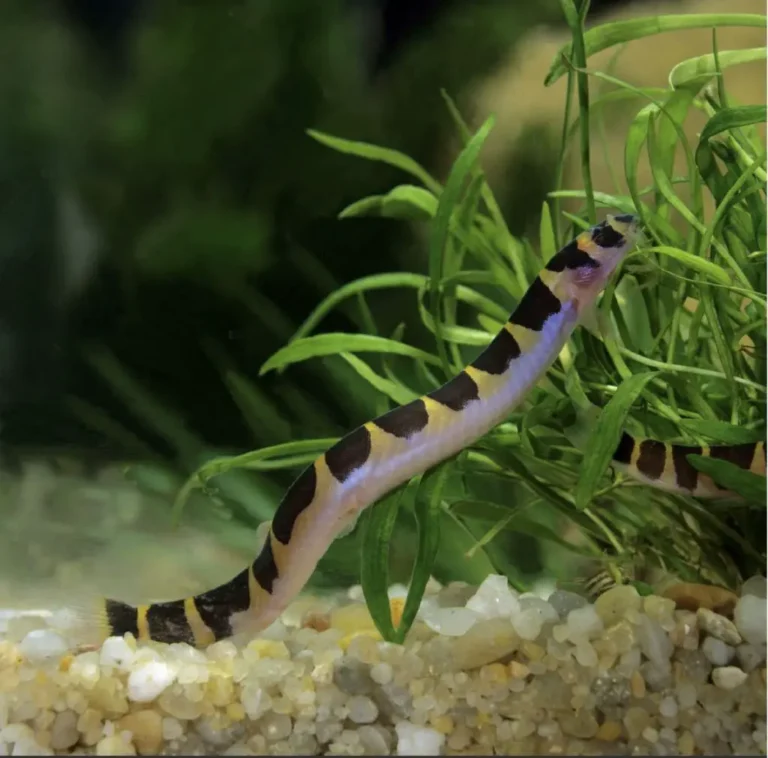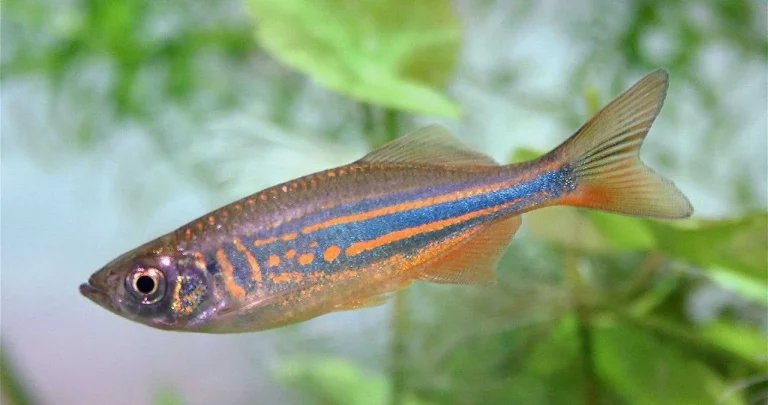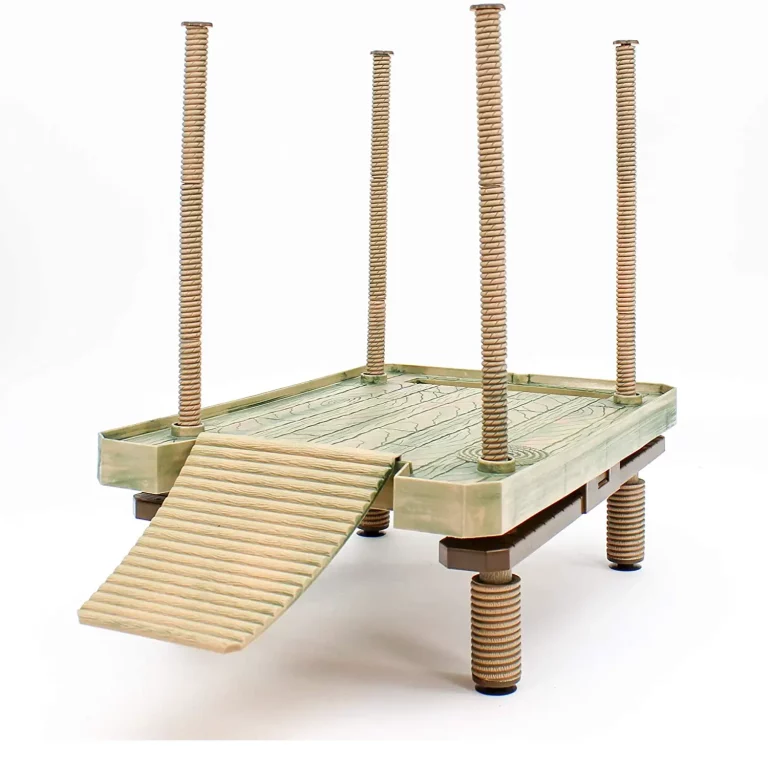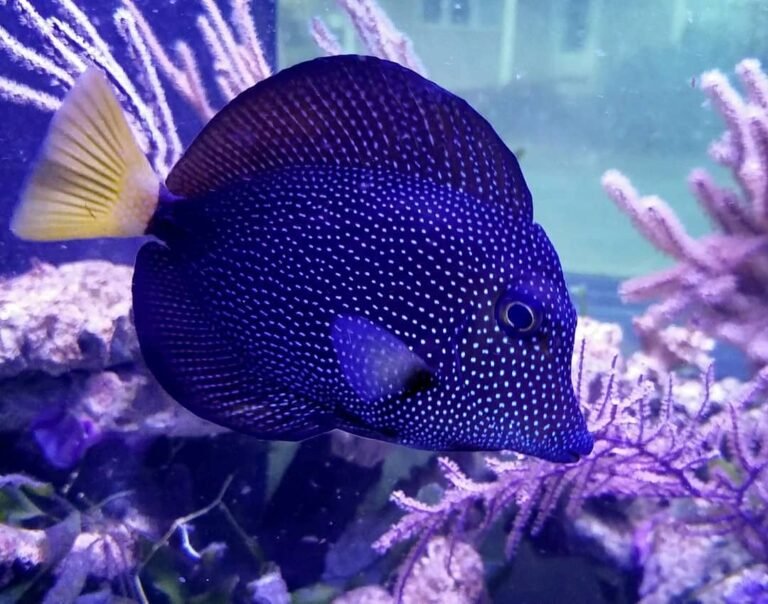Yellow Head Angelfish
Yellow Head Angelfish – A Bright Beauty in the Aquarium
Have you ever wondered about owning a fish that adds a pop of vibrant color to your aquarium? Look no further than the mesmerizing yellow head angelfish. With its dazzling golden hue and unique patterns, the yellow head angelfish is sure to captivate any fish enthusiast. In this article, we will dive deep into the world of the yellow head angelfish, exploring its physical features, habitat, care requirements, and much more.
Appearance and Physical Features
The yellow head angelfish, scientifically known as Centropyge eibli, is a species of marine angelfish native to the Western Pacific Ocean. It gets its name from the prominent yellow coloration on its head, which contrasts beautifully with its gradient of orange to reddish-brown hues on the rest of its body. The fish also exhibits vertical blue-black stripes throughout its body, enhancing its overall striking appearance.
This angelfish species boasts an elongated and laterally compressed body, with a triangular-shaped dorsal fin and pectoral fins that resemble angelic wings. On average, the yellow head angelfish reaches a size of 4 to 5 inches, making it an ideal addition to medium-sized aquariums.
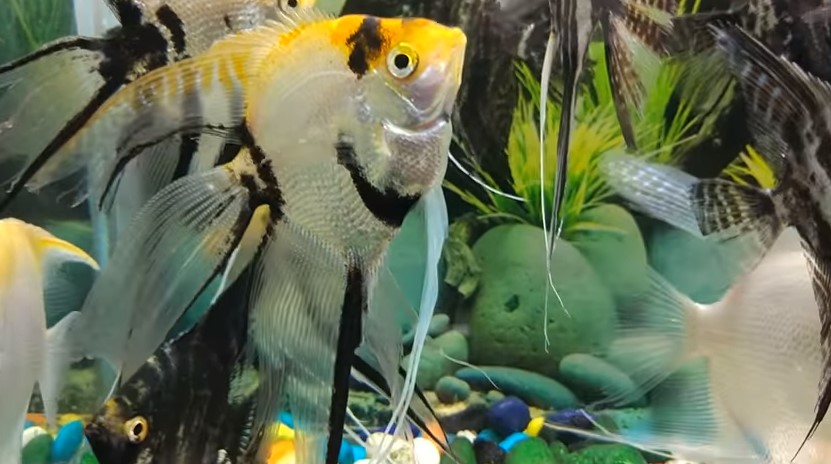
Habitat and Distribution
Yellow head angelfish predominantly inhabit the shallow coral reefs of the Western Pacific Ocean. They can be found in regions such as the Great Barrier Reef, Fiji, Tonga, and the Solomon Islands. Within these coral-rich environments, the angelfish seek refuge in crevices and caves, utilizing their flattened bodies as an advantage to navigate through tight spaces.
Behavior and Compatibility
When it comes to behavior, yellow head angelfish are known to be relatively peaceful. They can be housed with other non-aggressive fish species as long as compatibility is carefully considered. However, it’s important to avoid pairing them with smaller fish that may be mistaken for food. Yellow head angelfish are known to nip at the fins of slow-moving fish, so caution should be exercised while selecting tankmates.
Tank Requirements and Care
Creating a suitable habitat for yellow head angelfish is crucial for their optimal well-being. Here are some essential tank requirements and care tips:
1. Tank Size: A minimum tank size of 30 gallons is recommended for a single yellow head angelfish. Larger tanks are preferable for a pair or a small group.
2. Water Parameters: Yellow head angelfish thrive in a temperature range of 72°F to 78°F (22°C to 25°C) and a pH level between 8.1 and 8.4. The specific gravity should be maintained between 1.020 and 1.025.
3. Filtration and Water Quality: A high-quality filtration system is essential to maintain excellent water quality. Regular water changes and testing for ammonia, nitrate, and nitrite levels are necessary to ensure a healthy environment for the fish.
4. Live Rock and Hiding Places: Incorporating live rock into the aquarium provides the angelfish with hiding spots and spaces to explore. The presence of caves and crevices mimics their natural habitat, making them feel more secure.
Feeding Habits
In the wild, yellow head angelfish primarily feed on algae, small crustaceans, and other invertebrates found on coral reefs. To replicate their natural diet in captivity, it is advisable to provide a varied diet that includes high-quality flakes, pellets, frozen food such as mysis shrimp, brine shrimp, and spirulina.
Breeding and Reproduction
Although breeding yellow head angelfish in a home aquarium can be challenging, it is not impossible. To increase the chances of successful breeding, one can provide a larger tank, preferably with well-established live rock and a well-maintained ecosystem. An abundance of hiding places and separation of the potential mating pair from other fish can also aid in the breeding process.
During courtship, the male and female fish engage in intricate dances and display vivid colors, often culminating in the release of eggs and sperm. The fertilized eggs hatch into larvae, which require a specialized rearing setup to ensure their survival.
Frequently Asked Questions
Can yellow head angelfish be kept in a reef tank?
Yes, yellow head angelfish can be kept in a reef tank. However, caution must be exercised as they have been known to nip at corals and other sessile invertebrates. It’s advisable to monitor their behavior closely and choose tankmates that are compatible with reef ecosystems.
What is the lifespan of a yellow head angelfish?
In optimal conditions, yellow head angelfish can live up to 7 years or more. Providing a well-maintained aquarium environment, a balanced diet, and proper care can contribute to their longevity.
Are yellow head angelfish suitable for beginners?
Yellow head angelfish require intermediate to advanced care. Their dietary needs, tank size requirements, and compatibility considerations make them better suited for experienced hobbyists who have a good understanding of marine aquarium keeping.
Can yellow head angelfish change their sex?
Like many other species of angelfish, yellow head angelfish are known to have the ability to change their sex. They are protogynous hermaphrodites, meaning they start off as females and can transition to males if the need arises within their social group.
Final Thoughts
The yellow head angelfish is undoubtedly a captivating species that can bring a vibrant touch to any aquarium. Its stunning colors, graceful movements, and fascinating behavior make it a popular choice among fish enthusiasts. While meeting their specific care requirements can be demanding, the rewards of owning and caring for this beautiful fish are well worth the effort. Consider adding a yellow head angelfish to your collection and enjoy the serene beauty it brings to your underwater world.
